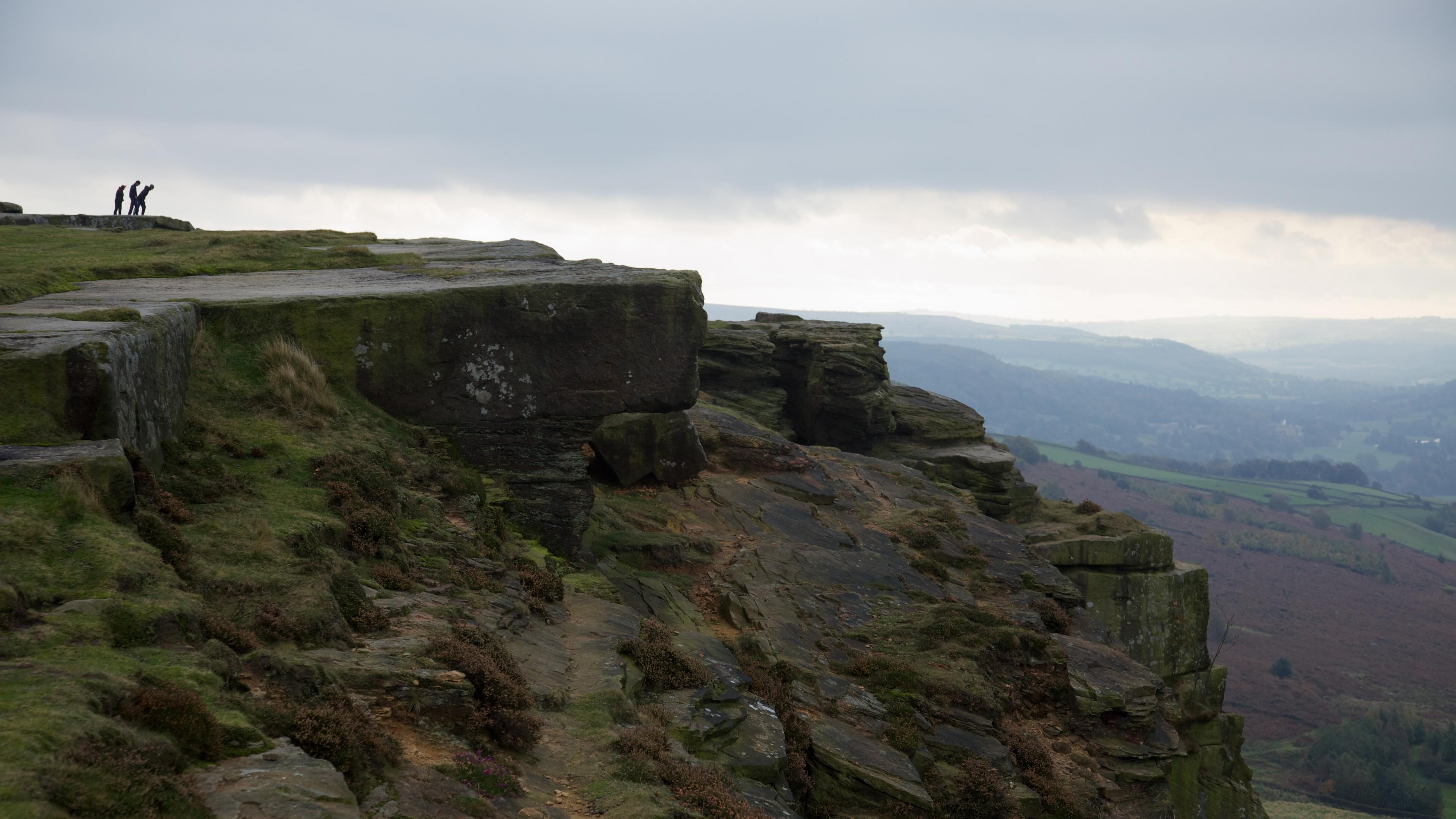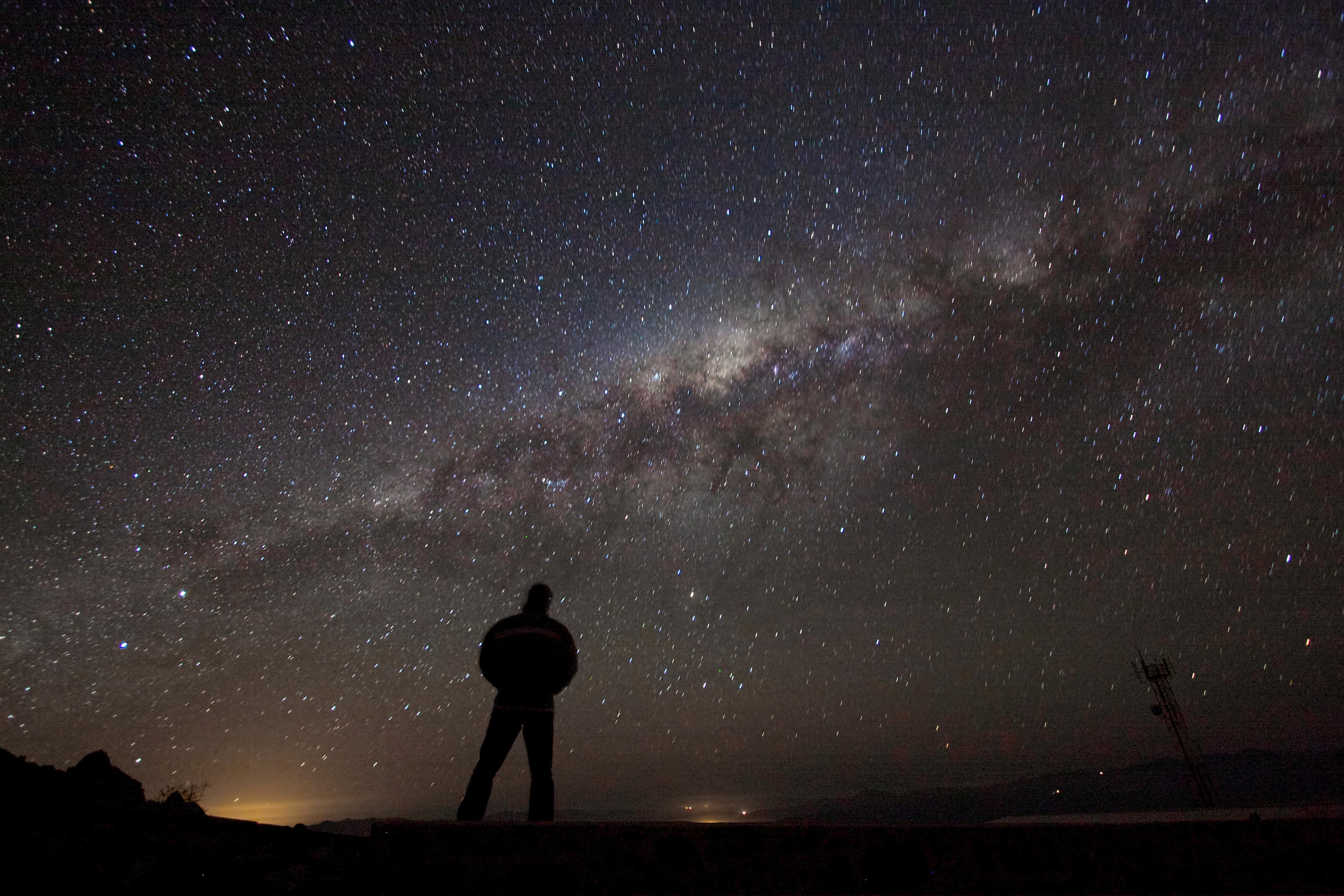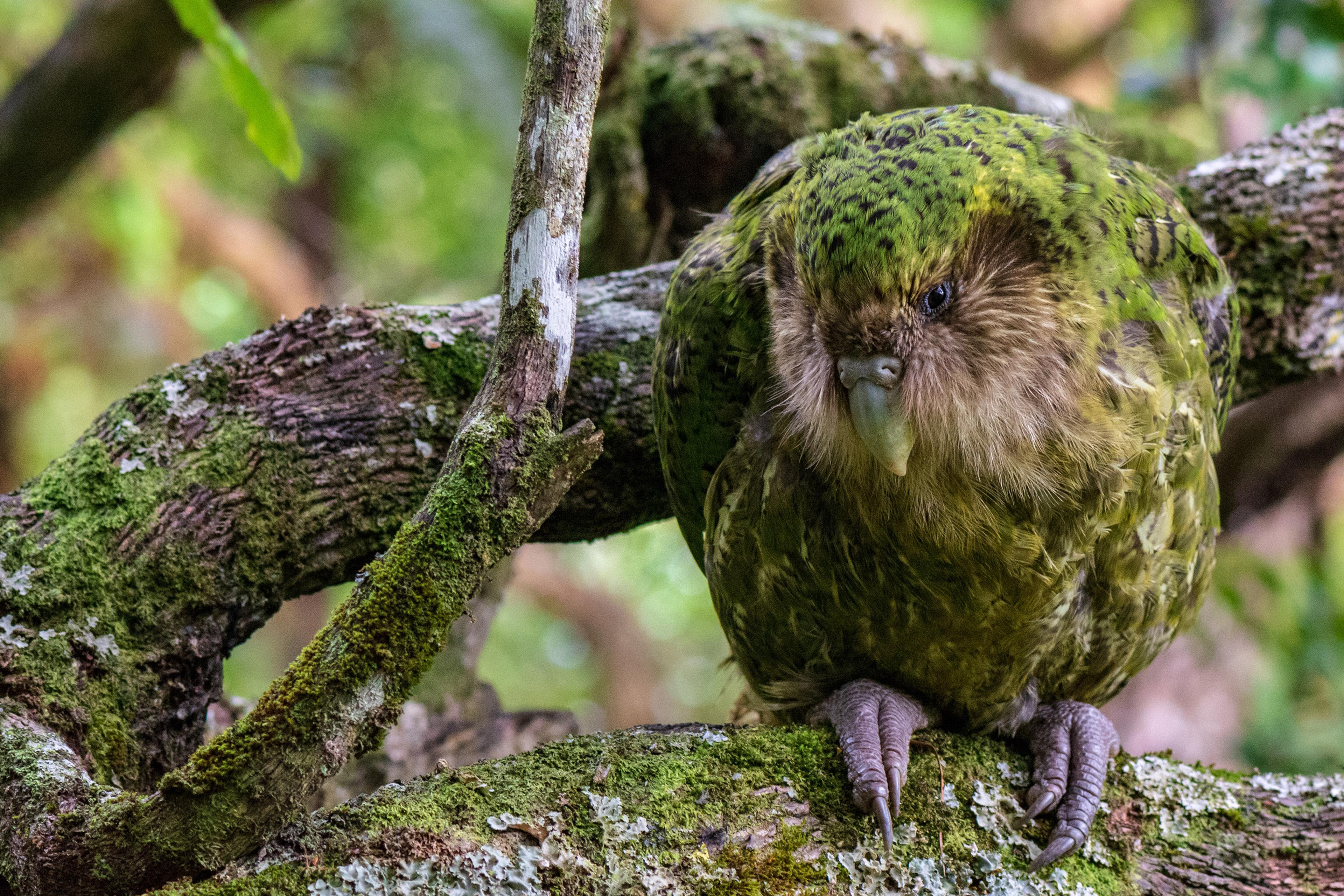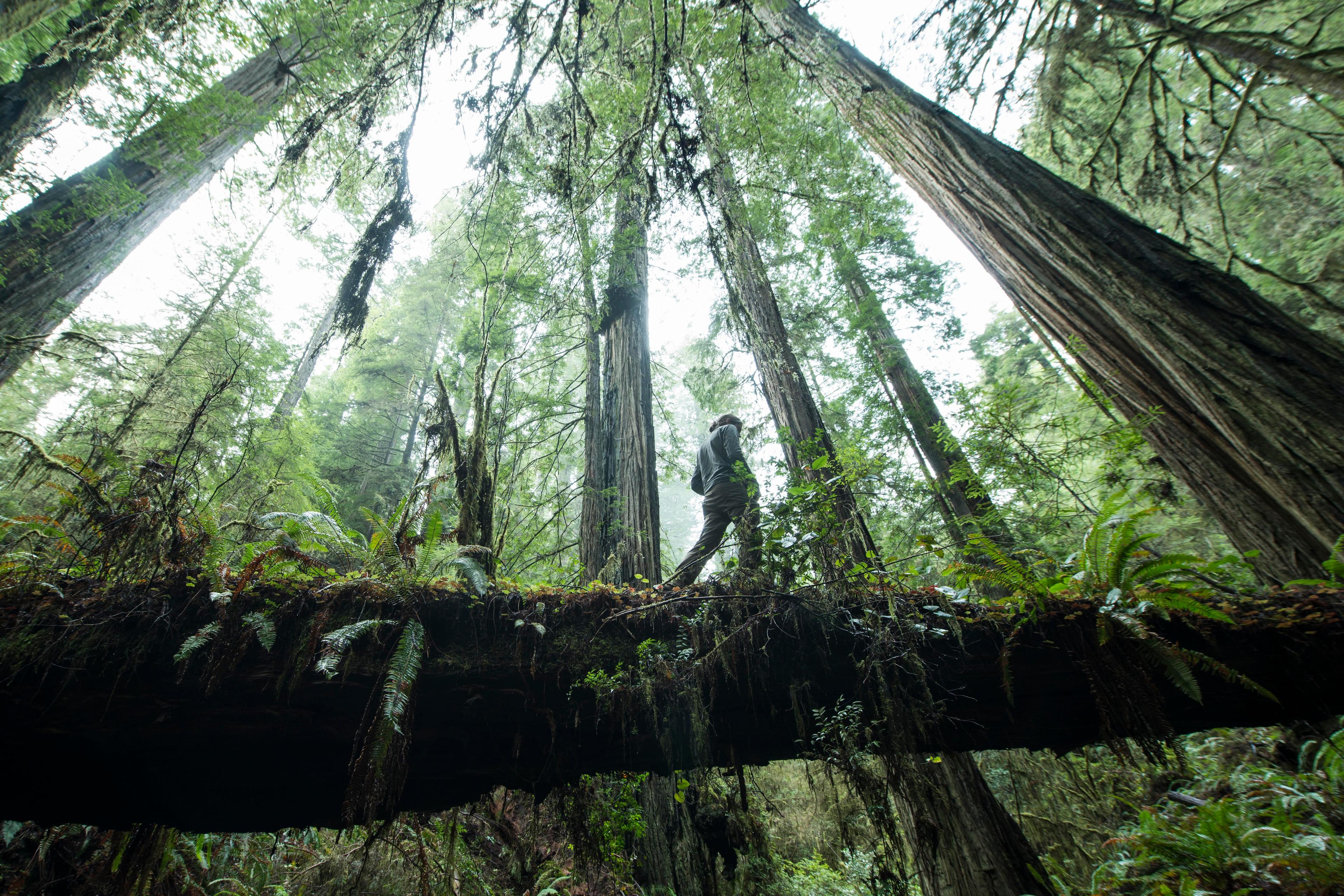When my family moved from the United States to the north of England a few years ago, we soon adopted the local custom of going for a weekend walk in the Peak District National Park. These ‘walks’ typically involve a semi-strenuous hike to the summit of a not-quite mountain, where one enjoys a homemade sandwich while taking in a panoramic view of the surrounding scenery. Depending on the conditions and location, you might enjoy jagged cliff faces, rolling hills or deep valleys. If you’re lucky, you can sometimes be swept up in a feeling of awe that’s difficult to convey to others.
These walks are now a staple for our family of four. But during the COVID-19 pandemic, for me personally, they’ve become more than this. As strange as it might sound, these rambles have been an irreplaceable mechanism for maintaining a sense of connectedness to other people beyond my family, and have helped me maintain a spiritual vitality that could otherwise have flickered and died in these times of social distancing.
It turns out that I’m not alone. Psychological research increasingly reveals that experiences of awe in nature can boost both our feeling of connectedness to others and also a sense of spiritual fulfilment. What’s more, this work illuminates how all of us, whether religious or not, can actively harness the power of natural experiences to improve these dimensions of our lives. A key fulcrum in the story connecting nature, transformation and spirituality is the emotion of awe.
Awe is a powerful emotion typically experienced in the presence of something great or vast. Researchers refer to it as an ‘epistemic’ emotion because the kinds of objects that induce awe are rich in information: that is, awe often challenges a person’s existing understanding of things and motivates a search for explanations, both scientific and religious. Awe is associated with a dropping of the jaw and an open, gaping mouth. When we experience awe, we’re stunned by something, enraptured by it. Such experiences are typically positive, and people typically want them to continue.
Scientists and philosophers continue to debate the evolutionary origins of awe. One well-known theory proposes that its original function was to reinforce social hierarchies. Our ancestors would experience awe mainly in the presence of socially dominant others, and this would help them find their own place within the social hierarchy, thereby increasing their fitness.
Other scholars, though, object to this account of awe’s primordial function. They say it doesn’t explain why natural beauty, especially panoramas, are among the most common objects of awe. They suggest instead that awe arose as a response to sweeping views: in a hunter-gatherer context, it would be very beneficial for small groups to find and maintain a safe haven from which they could see approaching enemies. So tending to have an enjoyable experience of awe, directed toward sweeping views, could prompt behaviours that knit the group tightly together and kept it in an elevated location, all of which would be highly adaptive.
This ‘nature-first’ theory of the origins of awe might also go some way toward accounting for its connection to spirituality. The quintessentially spiritual effort involved in seeking to understand and appreciate one’s place within a larger whole might have reinforced a group’s attachment to a particular place. Worship has long been associated with ‘high places’, and many deities exhibit special concern for particular places. Situating oneself in a larger story that ties identity to a specific, safe place, and to others in that place, could have been a survival advantage for early humans.
Whatever awe’s evolutionary origins, research shows that today it’s associated with both personal transformation and spiritual fulfilment. People with stronger tendencies to experience awe are rated as more humble by their friends, display more generous behaviour, and are more helpful toward others. When experiences of awe are experimentally induced, such as by having participants stand in a grove of towering trees, they lead people to present a more balanced account of their own strengths and weaknesses, display more helpful and less aggressive behaviour toward others, and be less willing to endure unpleasant experiences in order to gain money.
It might seem striking that awe has these significant social effects. After all, any of us might experience awe on a mountaintop alone, or with only a few others. And while awestruck, we might be paying little mind to those around us, being caught up in the experience itself. The experience of awe needn’t be especially social, yet the effects of the experience seem to be.
The leading account of how awe prompts these social effects concerns the ‘small self’. When we’re awe-struck, we experience ourselves as smaller and the world beyond us as larger. That can be literal: people who experience awe judge their own bodies to be smaller in size. Yet it’s also figurative: the self and its concerns are less salient, while the world beyond the self becomes more significant.
Crucially, in awe, we also see our smaller self as more connected with the larger world. People who experience awe report feeling themselves to be ‘part of a greater entity’. They also report a greater sense of connection to groups they belong to, to their nation, and to their species. Experiences of awe induce a greater sense of oneness with others and friends, and make people feel more integrated into their communities. Astronauts who feel awe in spaceflight report a greater sense of connection both to other people and to the Earth in general. In this sense, awe is referred to as a ‘self-transcendent’ emotion: when we encounter it, we transcend ourselves by experiencing our small selves as connected to larger wholes.
In light of this, it’s unsurprising that awe is intimately intertwined with spirituality. When people are asked to recall and write about a spiritual experience, this act leads them to experience awe. Likewise, when experiences of awe are induced, people report more belief in the supernatural, and say that they prefer visiting spiritual destinations, such as Tibet, over vacation destinations. People who are more spiritually inclined tend to experience more awe and other self-transcendent emotions; and the link between awe and spirituality helps to account for why spirituality boosts wellbeing.
It’s significant that this spiritual function of awe isn’t limited to people who are religious. In fact, scholars have proposed that, by studying the roles of awe and the small self, we can better understand what spirituality is all about – whether that spirituality is connected to religion or not. The psychologist William James wrote in 1902 that the only thing religious experience ‘unequivocally testifies to’ is that ‘we can experience union with something larger than ourselves and in that union find our greatest peace’. The research reviewed here suggests that we might say very much the same of spiritual experience.
Some psychologists and philosophers go even further, suggesting that spirituality is a universal human virtue much like fairness or compassion, which the religious and non-religious alike can cultivate. So perhaps we can understand the particular virtue of spirituality as involving a developed capacity for achieving self-transcendence in the presence of the awesome. To put it more colloquially, those who are ‘good’ at spirituality will be good at having experiences of awe that enable them to transcend themselves and become better people.
If we think of spirituality in this way, then – just as for other virtues – we can do things to get better at it. In line with this idea, research does reveal that some people are more prone to experience awe than others are. And, very practically, it shows that there are specific techniques that enhance your chances of having awe-inspiring, self-transforming experiences when you encounter natural phenomena.
Absorption is key here, for people who become more absorbed in their experience are more likely to experience awe. To become absorbed is to become fully immersed in what is happening, so that other practical concerns recede to the background, and your attention focuses on your present experience with minimal distractions. This is familiar from research on ‘flow’ states that occur when people become fully captivated in performing a task. But here the ‘task’ is simply taking in the experience of nature.
Techniques that enhance absorption can enhance awe. They can be fairly simple: just following a set of instructions to focus one’s attention on the details of a natural environment has been shown to promote absorption. Another, more demanding practice is mindfulness meditation. This involves turning your attention to your current experience, resisting distractions that would lead you away from this focus, catching yourself when you begin to become distracted, and returning to focus on the present. It thus involves effortful attention. Because practising mindfulness trains you to attend to your current experience, it’s been described as ‘the exercise of choice’ for facilitating absorption and awe.
There’s also evidence that actively using imagination helps with absorption. Some people are categorised as more prone to absorption than others – they are high in what’s called ‘trait absorption’. Trait absorption, however, is partly a tendency to actively engage one’s environment through the use of the imagination. Those high in absorption are more prone to engage in fantasy and to use mental imagery. These kinds of techniques, too, might make it more likely that one will experience awe in nature. While meditation can reduce distractions that detract from awe in nature, imagination might enhance active engagement with the experience. In both cases, absorption is amplified and awe is a more likely result.
During the pandemic, many of the conventional tactics for building personal relationships and maintaining spiritual pursuits were stripped away. Even before lockdown, reliance on digital communication was leading to more social isolation – so if and when things become ‘normal’ again, the experience of awe atop mountains will be as necessary as ever. There at the summit, with a clear vision of your surroundings, you can become small while the world expands; you can see yourself as connected with the wholes of which you are a part; and maybe you can even imagine a divine love embracing it all.
This Idea was made possible through the support of a grant to Aeon+Psyche from the John Templeton Foundation. The opinions expressed in this publication are those of the author and do not necessarily reflect the views of the Foundation. Funders to Aeon+Psyche are not involved in editorial decision-making.








